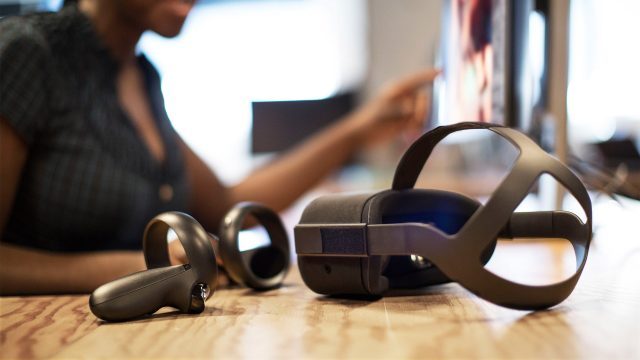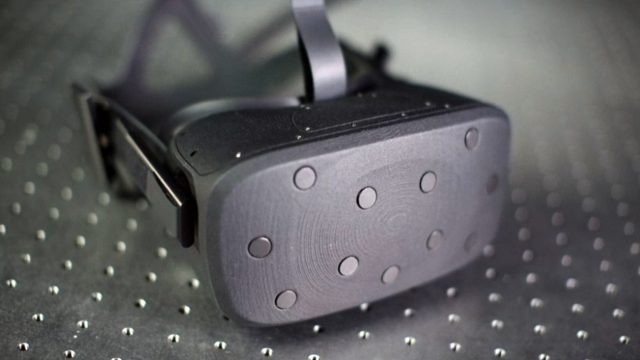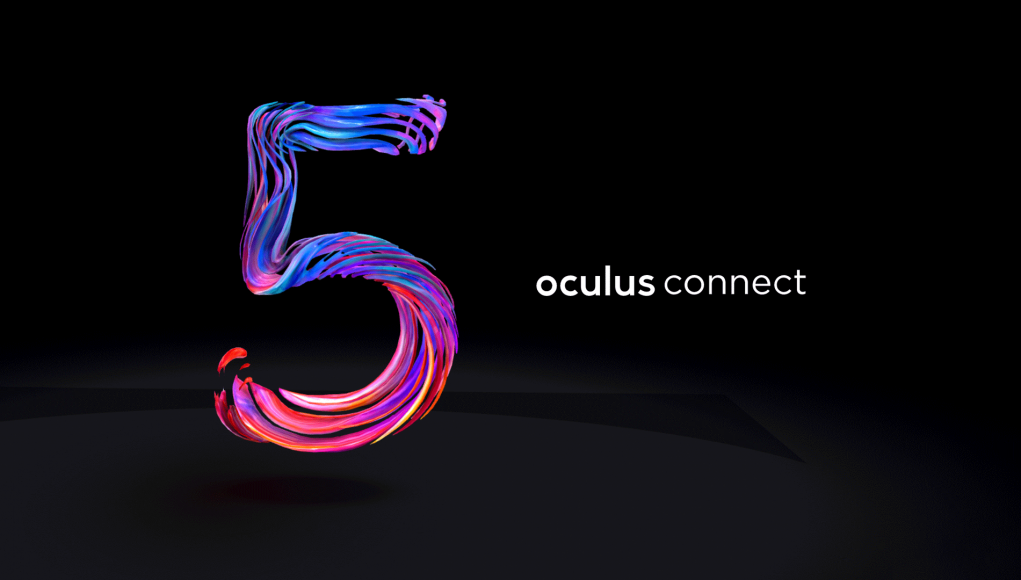Oculus Connect, the company’s annual developer conference, is here once again. Now in its fifth year, Oculus is expected to update the world on what’s next from in VR content and hardware. Here’s a look at what we expect to see this year.
Taking place this week on the 26th & 27th, Oculus Connect 5 will be hosted in San Jose, CA. The opening keynote on the 26th is where most of the major announcements will happen, while smaller developer-focused sessions across both days will likely give deeper glimpses into what Oculus and partners have been up to. You can find the full OC5 schedule here, and if you aren’t attending yourself you’ll be able to watch the keynotes and some of the VR esports action via livestream (details here).
Here’s a look at what we’re expecting to see from the company this week.
Santa Cruz, Oculus’ High-end Standalone Headset

Santa Cruz is the code name of Oculus’ high-end standalone headset. While the company launched Oculus Go just earlier this year, at $200 Go is built as an entry-level VR device for casual users. Go lacks positional tracking on the head and hands, limiting its capabilities to the point of being in a different class of VR device compared to high-end VR headsets like the Rift.
While Go targets the casual user, Santa Cruz is being built with the same positional tracking features as high-end headsets, meaning it’s expected to be able to play the same class of high-end games. As a ‘standalone’ headset however, all the compute hardware is built in, with no reliance on an expensive gaming PC to power Santa Cruz. While that brings ‘take-it-anywhere’ accessibility, it also means users should expect mobile-class graphics.
While we don’t expect Oculus to outright launch Santa Cruz at Oculus Connect 5, we do expect them to formally announce the consumer version, which means branding the headset with a proper name and detailing some features that will be included at launch. The actual launch of Santa Cruz is presently rumored for Q1 2019.
It seems Oculus could take a similar approach to Santa Cruz’ announcement and launch as they did with the Go headset. Go was announced at Oculus Connect 4 (right around this time last year), and then launched in the first half of 2018. At Oculus Connect 5 this week, we could see the company formerly announce the consumer version of Santa Cruz with a launch date set for early 2019, which aligns with the headset’s current release date rumors.
If you want to dig deeper into what’s known (and still unknown) about Santa Cruz, check out this article.
Half Dome, The Next Step for Rift

Oculus’ first PC VR headset, the Rift, is still going strong now 2.5 years after its 2016 launch. Even so, earlier this year Oculus offered a glimpse at a what could be coming to the next Rift.
The company showed what they call the ‘Half Dome’ prototype at Facebook’s F8 developer conference back in May. Oculus said that Half Dome manages to pack a 140 degree field of view (up from the Rift’s ~100), eye-tracking, and a ‘varifocal’ display into a Rift-like form-factor.
While an expanded field of view and eye-tracking would be big improvements alone, the varifocal display could prove to be Half Dome’s most unique feature. A varifocal display is one that can focus at multiple focal lengths, compared to today’s VR headsets which are locked at a single focal length. In Half Dome, the headset identifies what part of the scene the user is looking at (thanks to eye-tracking), and then physically moves the display inside the headset to achieve the correct focal length. Doing so could be a solution for what’s called the vergence-accommodation conflict in today’s VR headsets.

Worth noting: Oculus has stated that we shouldn’t “expect to see all [of Half Dome’s] technologies in a product anytime soon,” meaning that the next Rift might incorporate some but not all of what Half Dome can do.
That said, we don’t think that Oculus will announce a Half Dome-based ‘Rift 2’ at Connect this year. Instead, the company may do what they’ve done in years past with Santa Cruz: show Half Dome to a select group of press and developers in a ‘behind-closed-doors’ setting so that it doesn’t steal the spotlight from products that are nearer to launch (namely, Santa Cruz).
Beyond that, it still feels a little early for the company to give any indication of a release date for an eventual Rift 2, which we may not see until late 2019 or even into 2020.







